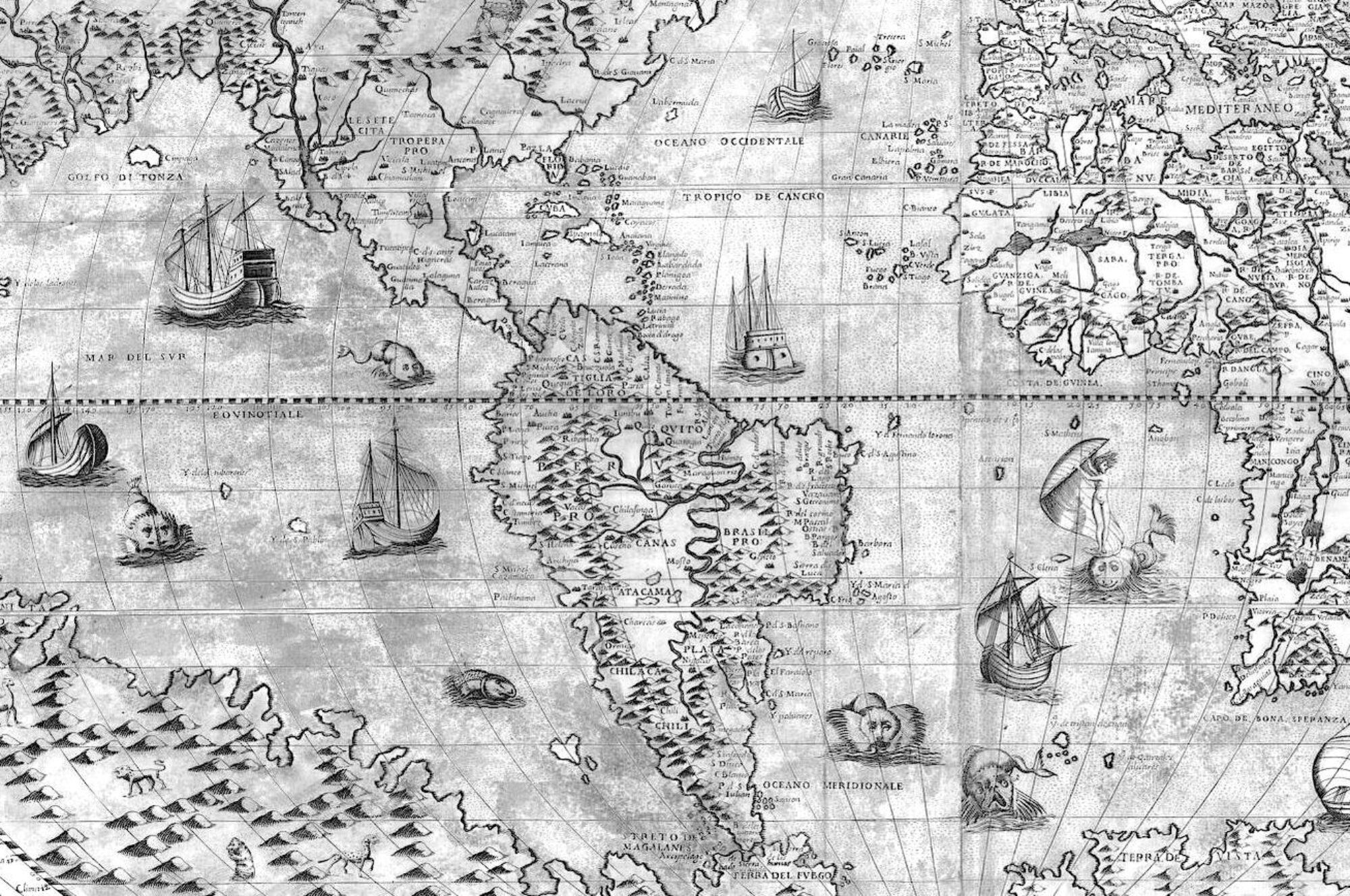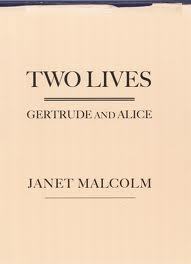Is my new mantra… This is from a 1934 New Yorker “Talk of the Town” piece on her:
Miss Stein gets up every morning about ten and drinks some coffee, against her will. She’s always been nervous about becoming nervous and she thought coffee would make her nervous, but her doctor prescribed it. Miss Toklas, her companion, gets up at six and starts dusting and fussing around. Once she broke a fine piece of Venetian glass and cried. Miss Stein laughed and said “Hell, oh hell, hell, objects are made to be consumed like cakes, books, people.” Every morning Miss Toklas bathes and combs their French poodle, Basket, and brushes its teeth. It has its own toothbrush.
Miss Stein has an outsize bathtub that was especially made for her. A staircase had to be taken out to install it. After her bath she puts on a huge wool bathrobe and writes for a while, but she prefers to write outdoors, after she gets dressed. Especially in the Ain country, because there are rocks and cows there. Miss Stein likes to look at rocks and cows in the intervals of her writing. The two ladies drive around in their Ford till they come to a good spot. Then Miss Stein gets out and sits on a campstool with pencil and pad, and Miss Toklas fearlessly switches a cow into her line of vision. If the cow doesn’t seem to fit in with Miss Stein’s mood, the ladies get into the car and drive on to another cow. When the great lady has an inspiration, she writes quickly, for about fifteen minutes. But often she just sits there, looking at cows and not turning a wheel.
Miss Stein always drives, and Miss Toklas rides in the back seat, squealing and jumping, for they say that Miss Stein is the worst driver in the history of automotive engineering. She takes corners fast, doesn’t put out her hand, drives on the wrong side of the street, pays no more attention to traffic signals or intersections than she does to punctuation marks, and never honks. Now and then Alice will lean over from the back seat and honk. They haven’t had any accidents. One writer who visited her had a fake wire sent to him from Paris calling him back, because he was afraid he’d be killed in the Ford.
Miss Stein spends much of her time quarrelling with friends—always about literature or painting. The quarrels are passionate ones, involving everybody, taking hours to get under way, lasting for years (like the one with Hemingway). Nobody remembers after a couple of months exactly what the quarrels are about. The maid at the Stein house in Paris has to be told every day who will be persona grata at tea—it all depends on the quarrel of the night before. Gertrude sits up late, talking, arguing, and laughing; she has a rich, deep, and warming laugh. Afterward she wakes up Alice, who goes to bed early, and they go over the talk of the whole day. Miss Stein has a photographic memory for conversation.
The lady wears astonishing clothes: sandals, woollen stockings fit for a football-player, a man’s plush fedora hat perched high on her head, rough tweed suits over odd embroidered waistcoats and peasant tunics. She also wears extraordinary blue-and-white striped knickers for underdrawers. This came out when she lost them once at a concert given by Virgil Thomson at the Hotel Majestic. She just stepped out of them somehow and left them lying there on the floor. She thought it was very funny and laughed loudly.

https://www.newyorker.com/magazine/1934/10/13/tender-buttons

 [Origin: St. Mark’s Bookshop remaindered pile, originally $25, purchased for $7. 2007, 224 pages, non-fiction]
[Origin: St. Mark’s Bookshop remaindered pile, originally $25, purchased for $7. 2007, 224 pages, non-fiction] their Jewishness, in both their life & their writing. (They were close friends with a Nazi collaborator, who was the one who helped them remain in occupied France, did not ever write directly about the atrocities of the Holocaust, although there was no way they could not have known, at a certain point.)
their Jewishness, in both their life & their writing. (They were close friends with a Nazi collaborator, who was the one who helped them remain in occupied France, did not ever write directly about the atrocities of the Holocaust, although there was no way they could not have known, at a certain point.)